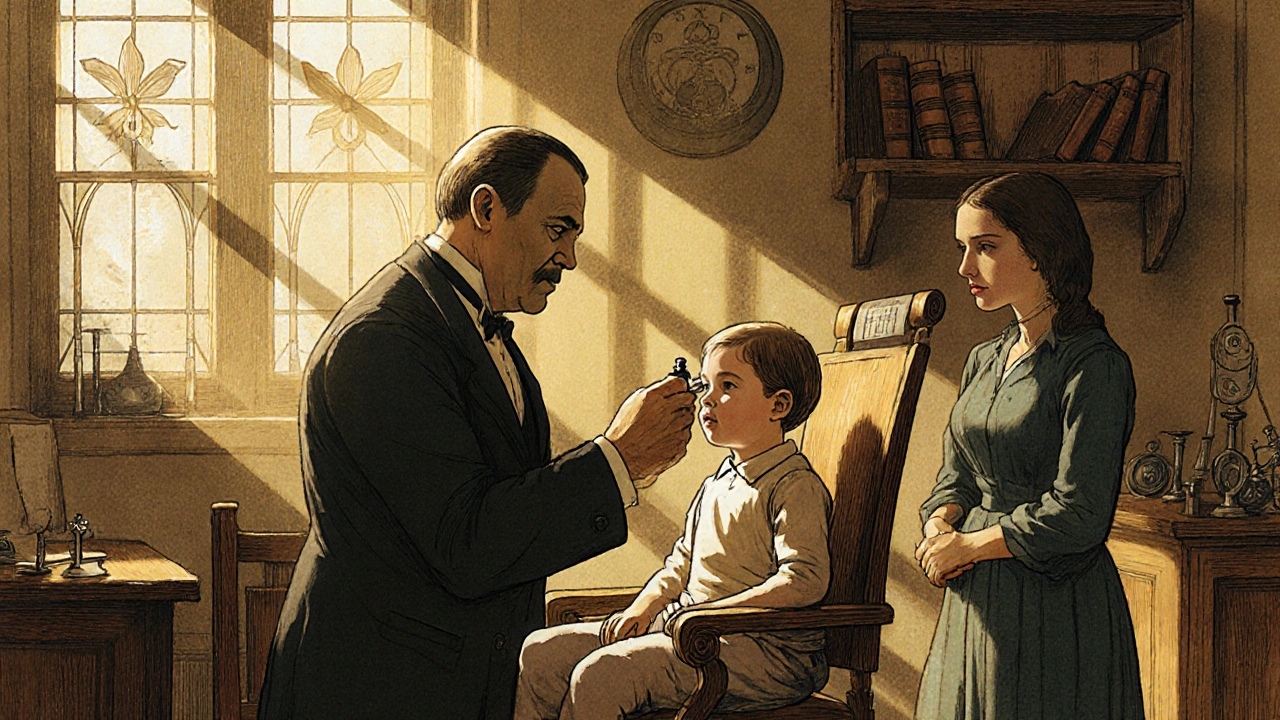Eye Dilation Drops: What They Are, How They Work, and What to Expect
When you get your eyes checked, your doctor might use eye dilation drops, medications applied to the eye to temporarily widen the pupil. Also known as mydriatics, these drops let light flood into your eye so the doctor can clearly see the retina, optic nerve, and blood vessels. Without them, it’s like trying to inspect a room through a keyhole. They’re not optional extras—they’re a standard part of a full eye exam, especially if you’re over 40, have diabetes, or have a family history of eye disease.
These drops usually contain one of two types of active ingredients: phenylephrine, a vasoconstrictor that tightens blood vessels and helps open the pupil, or tropicamide, an anticholinergic that relaxes the iris muscles to let the pupil expand. Some clinics use a combo of both for faster, stronger dilation. The effect starts in 15 to 30 minutes and lasts anywhere from 4 to 24 hours, depending on the formula and your individual response. You won’t feel pain, but you might notice a stinging sensation right after the drop goes in—like a quick pinch.
After dilation, your vision gets blurry, especially up close. Reading, using your phone, or doing fine work becomes hard. Bright light feels overwhelming—sunlight, office lights, even your car’s dashboard can feel painfully bright. That’s normal. Most people need sunglasses after the exam, and some even avoid driving until the effects wear off. If you’re young, your eyes recover faster. If you’re older or have lighter-colored eyes, the dilation can last longer. It’s not dangerous, but it’s inconvenient. That’s why it’s smart to plan ahead: schedule your appointment when you don’t need to drive or work on detailed tasks afterward.
Some people worry about side effects beyond blurry vision. Dry mouth? Headache? These are rare with standard dilation drops. But if you have glaucoma, especially narrow-angle, your doctor will check carefully before using these drops—they can trigger a dangerous pressure spike in rare cases. That’s why your medical history matters. Also, kids and older adults sometimes react differently. One drop can make a toddler’s pupil stay wide for hours. In seniors, the blurriness might linger longer, which is why some clinics use lower doses.
These drops aren’t just for exams. They’re also used to treat inflammation, manage certain types of eye pain, and even slow the progression of nearsightedness in children with special low-dose formulations. But for most people, their main job is simple: open the door so your eye doctor can see what’s really going on inside. Skipping dilation means you’re missing a big part of your eye health picture. A quick drop can catch early signs of diabetic retinopathy, macular degeneration, or glaucoma before you even notice symptoms.
Below, you’ll find real-world insights from people who’ve used these drops, comparisons of different formulas, tips to manage the after-effects, and what to do if something feels off after your exam. This isn’t just theory—it’s what actually happens in the exam room, and how to handle it without stress.

Cyclogyl vs Alternatives: Compare Cyclopentolate Ophthalmic Eye Drops for Eye Exams
Cyclogyl (cyclopentolate) dilates pupils for eye exams but has longer-lasting effects and more side effects than alternatives like tropicamide. Learn when each option is best and what to ask your eye doctor.
